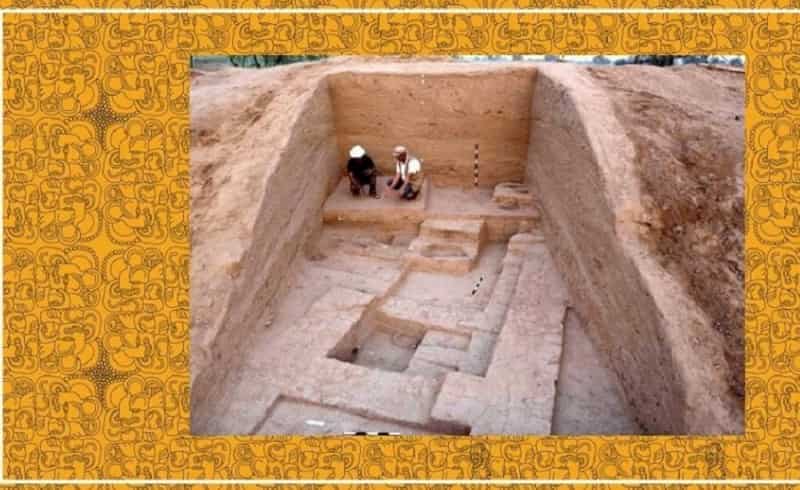Rajasthan is a place where the land is overflowing with the remnants of past. The land of Rajasthan is a huge storehouse of several articles that speaks of history and this is the reason why archeologists find this state important for study. Archaeology is the study of human behavior and culture through the objects that are excavated. The archaeology of Rajasthan is an important and interesting matter as several objects have been excavated by the Archaeological department of India from this state. These objects and articles are significant in studying the nature of human Culture that resided in Rajasthan. The artifacts, fossils and other objects also help in explaining pre-historic societies that once existed on the lands of Rajasthan.

Archaeology of Rajasthan has drawn attention of national as well as international archeologists and anthropologists. Excavations conducted on the grounds of this state have put forth some great structures like Kalibanga and Akal Fossil Park. These two sites are not just a matter of interest for archaeologists but these are also renowned as tourist spots.
Kalibanga
This is a small town located in the district of Hanumangarh and it is 205 km away from Bikaner. The excavations in this small town demonstrate the existence of Indus valley civilization. This civilization use to reside in Thar Desert. Remains of Harappa and pre-Harappan culture found in this town play a crucial role in defining the existence of these wondrous civilizations of the past.
According to the archeologists, evidences in Kalibanga show that this place was once an important center for ceramic industry. This fact has been supported by the ancient pottery and paintings found in this region. The present Rajasthan shows the influence of ceramic industry of past through various ceramic artifacts and objects that are manufactured in this state.
Wood Fossil Park
This amazing Wood fossil park is located 17 km away from the golden city of Jaisalmer. This Wood Fossil Park consists of fossils that are approximately 180 million years old! The fossils excavated from this site demonstrate an interesting fact of the past. It shows that once upon a time when Thar Desert was under water, a Jurassic world used to exist here. Most surprisingly, evidences about the fertile land of Thar Desert, that once existed, are found in the epics like Ramayana.
The area of the park includes 10 sq km and comprises 25 enormous trunks the largest being 13 m long. It is believed that this site was once covered with dense forest which comprise mostly of Deodar and Chir trees.
As per the archeological findings, the sea that existed in this site perished almost 36 million years ago. And the perished sea left back a bank of fossils. These fossils are evidences of life forms that swarmed in this area almost 180 million years back.
Bhangarh Fort
Bhangarh Fort is infamous for its haunting tales and is considered one of the most haunted places in India. The archaeological significance of the fort lies in its well-preserved structures, including temples, palaces, and step wells.
Junagarh Fort
Junagarh Fort, in Bikaner, is an architectural marvel that blends various styles, including Rajput, Mughal, and Gujarati. The fort houses numerous palaces and pavilions, each representing a different era of history.
Amer Fort
Amer Fort, located in Jaipur, is a breathtaking structure that showcases the magnificence of Rajput architecture. Its vast ramparts and series of gates make it an architectural marvel. The fort’s centerpiece, the Sheesh Mahal or the Palace of Mirrors, is adorned with intricate mirror work that creates a mesmerizing play of light.


